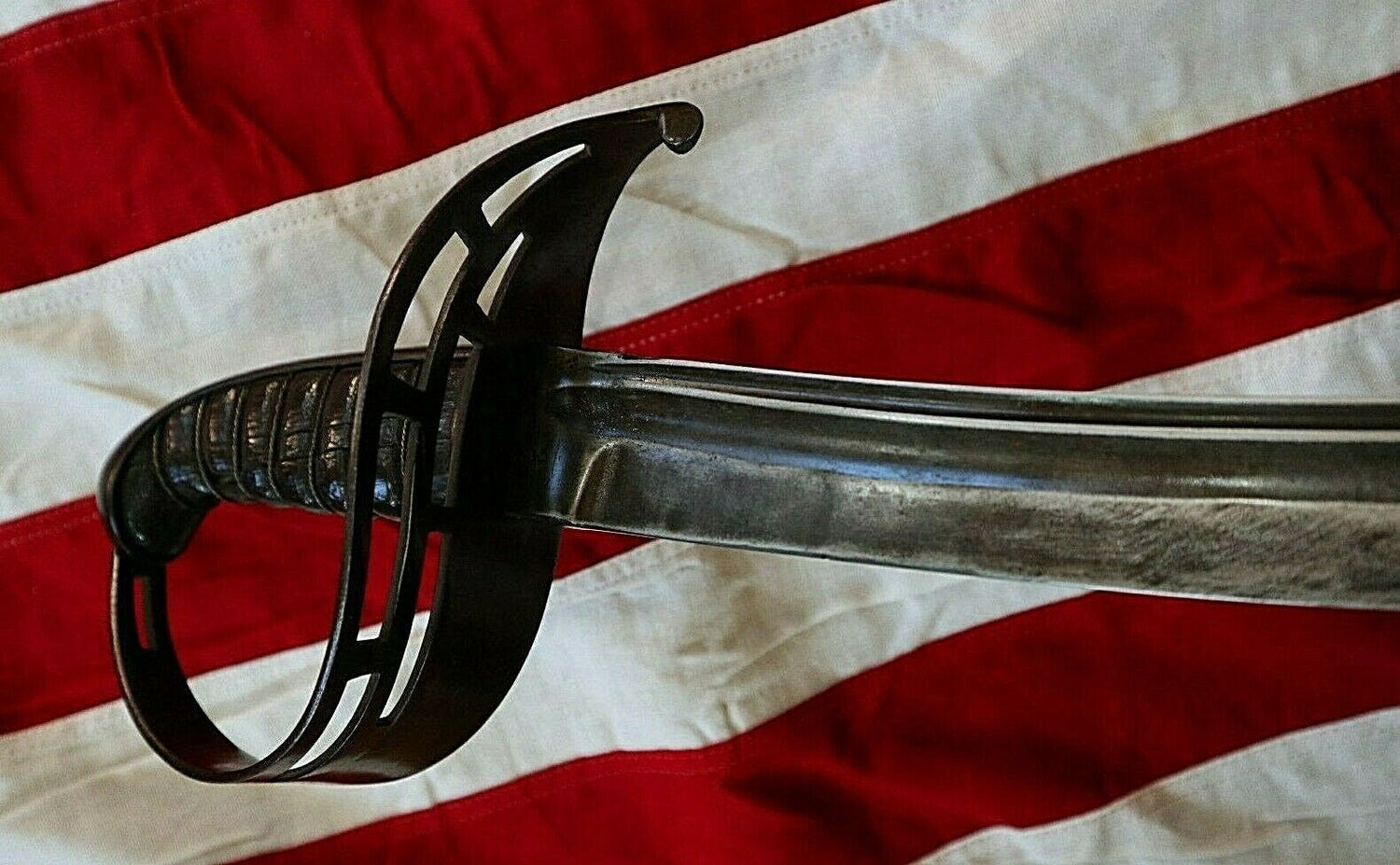Rachele Mandel Gallery
REVOLUTIONARY WAR 2ND IN COMMAND GENERAL ARTEMAS WARD OWNED TRUNK BOX NOT SWORD
REVOLUTIONARY WAR 2ND IN COMMAND GENERAL ARTEMAS WARD OWNED TRUNK BOX NOT SWORD
On October 27, 1774, Ward was appointed a brigadier-general by the Provincial Congress of Massachusetts, to which he was a delegate. On May 19, 1775, he was made Commander-in-Chief of the Massachusetts forces.
Following the Battle of Lexington on April 19, 1775, the Americans followed the British back to Boston and started the siege of the city. At first, Ward directed his forces from his sickbed, but later moved his headquarters to Cambridge. Soon, the New Hampshire and Connecticut provisional governments both named him head of their forces participating in the siege. Most of his efforts during this time were devoted to organization and supply problems.
Additional British forces arrived in May and in June, Ward learned of their plan to attack Bunker Hill. He gave orders to fortify the point, setting the stage for the Battle of Bunker Hill on June 17, 1775. Command during the battle devolved upon Maj. Gen. Israel Putnam and Col. William Prescott. While Ward received national recognition for the heroic stand made that day, his principal contribution was a failure to supply enough ammunition to hold the position.
Meanwhile, the Continental Congress was creating a Continental Army. On June 16, they named Ward a major general, and second in command to Gen. George Washington. Over the next 9 months, he helped convert the assembled militia units into the Continental Army.
After the British evacuation on March 17, 1776, Washington led the main army to New York City. Ward took command of the Eastern Department on April 4, 1776. He held that post until March 20, 1777, when his health forced his resignation from the Army.
In 1779, Ward was appointed a delegate to the Continental Congress, but, owing to failing health, did not take his seat but afterwards, was elected to the United States House of Representatives as a Federalist, he served from October 4, 1791-March 3, 1795. Even during his military service, he served as chief justice of the Court of Common Pleas of Worcester County in 1776 and 1777.
Ward was President of the Massachusetts Executive Council from 1777-79, which effectively made him the governor before the 1780 ratification of the Massachusetts Constitution. He was continuously elected to the Massachusetts House of Representatives for each year from 1779-85 and also served as a delegate to the Continental Congress in 1780 and 1781. Ward was a member of the legislature for 16 years, serving as the Speaker of the Massachusetts House in 1785. He possessed integrity and unyielding principles, and his judicial conduct, especially during Shays's Rebellion in 1786, was highly commended.
President John Adams described him as "...universally esteemed, beloved and confided in by his army and his country." Ward was much more effective as a political leader than as a soldier. He is buried with Sarah in Mountain View Cemetery.
Artemas Ward was born in Massachusetts. He could not have known how many different roles he would play in his lifetime: Harvard graduate, husband, father of eight children, owner of a general store, major of a militia and later in the Army, and throughout a varied political career. In 1751, his first public office was as a township assessor for Worcestor County, MA. He also served time as a justice of the peace and served in the general court.
Artemas Ward was a major in the Worcestor County militia in the FRENCH AND INDIAN WAR in 1755. He alternated service in the militia and the general court over the next few years. When the French and Indian War ended, he returned to serve in the general court and was placed on a taxation committee with SAMUEL ADAMS and JOHN HANCOCK. An outspoken Patriot, he upset the Royal Governor enough to have his military commission revoked and was removed from the assembly.
He refused to be silent, however, and eventually, his entire regiment resigned from the British service, publicly declaring themselves in rebellion and elected Ward their leader. Massachusettsâ politics were in upheaval, but they pulled together a Committee of Safety, which appointed Artemas Ward as general and commander-in-chief of their colonyâs militia.
He participated in the SIEGE OF BOSTON, directing troops from his sickbed when he fell ill. Artemas Wardâs successes led New Hampshire and Connecticut to appoint him head of their militia forces during the siege. He did not just fight but made an effort to keep troops organized and well supplied. When Congress created a Continental Army, they named Ward a major general, second-in-command to GENERAL GEORGE WASHINGTON. Ward held a distinguished military career under Washington until his health led to his resignation from the Army in 1777.
I AM NOT THE CHEAPEST BUT MY SWORDS ARE REAL.
WHEN YOU BUY THE BEST YOU WILL NEVER HAVE TO MAKE EXCUSES LATER.
|


Featured on Ebay for over five years with as many as 1000 products sold
Rachele Mandel Gallery on eBay
Contact Us



